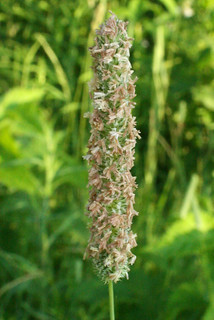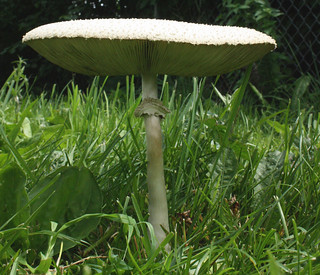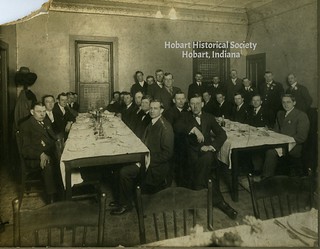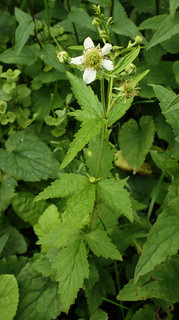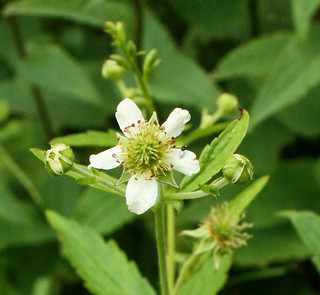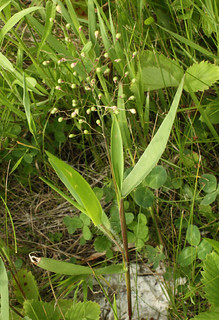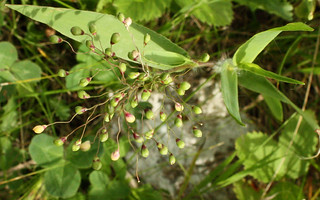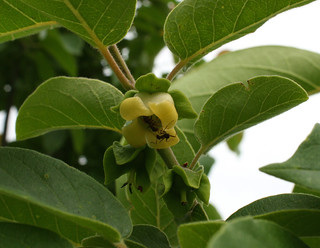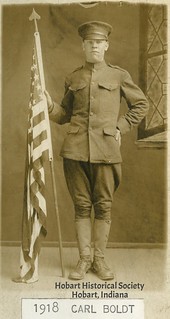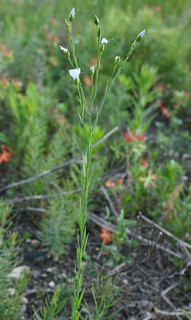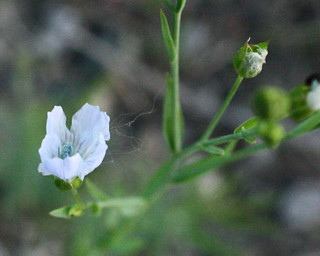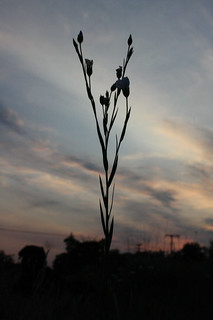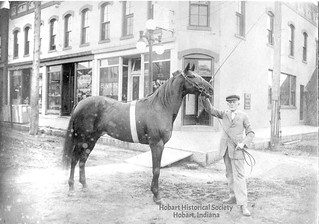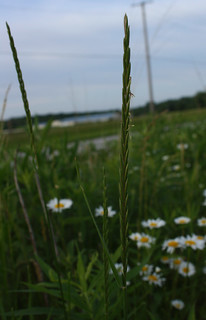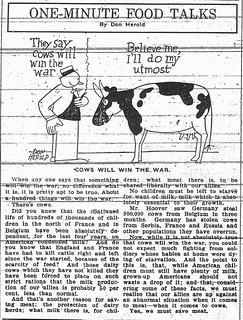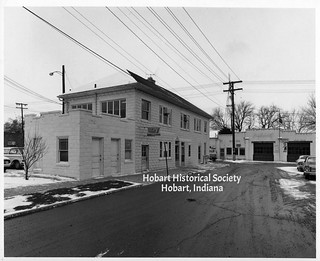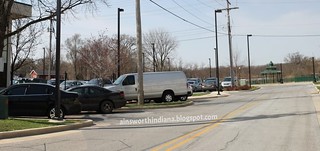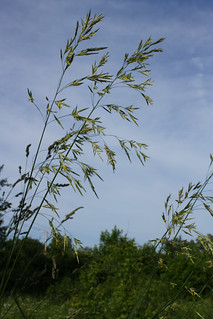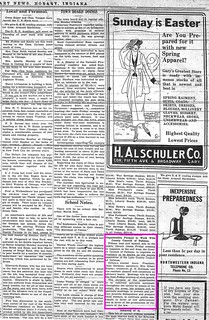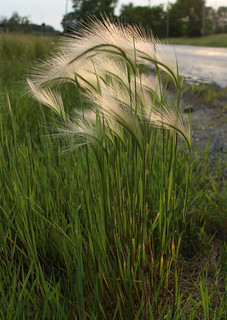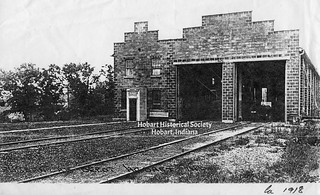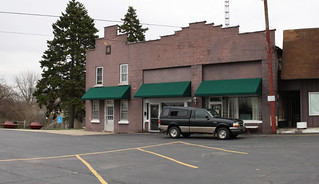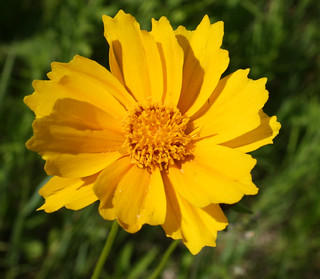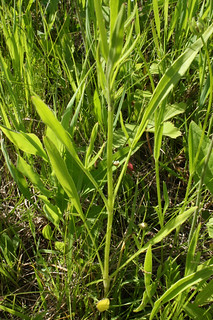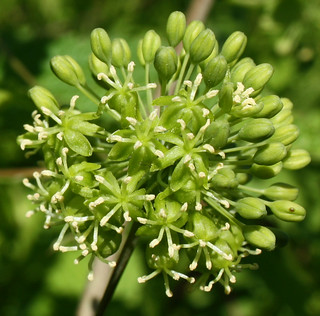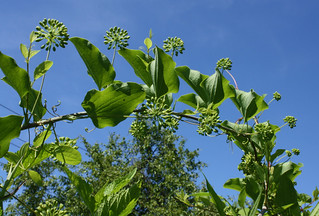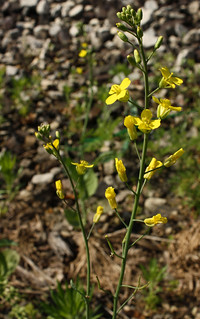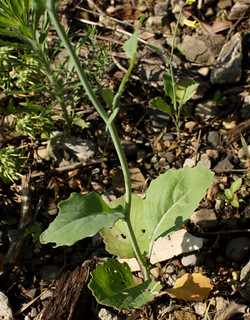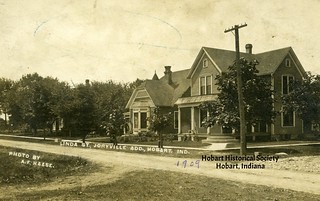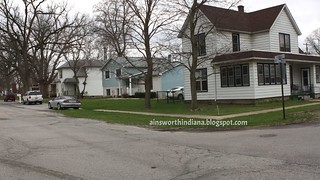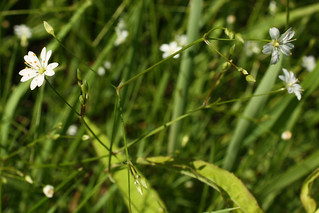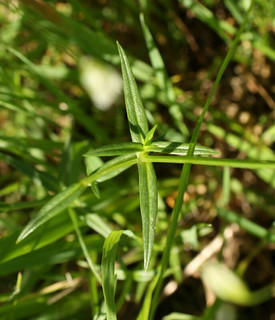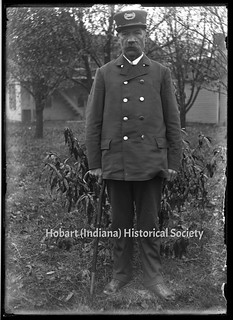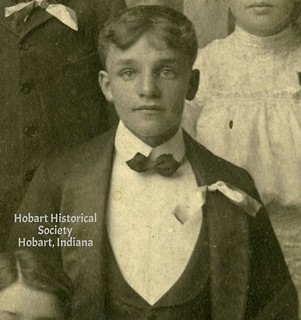
(Click on image to enlarge)
Asa Bullock, Jr. in 1905, at about 13 years of age. This is the only photo I've been able to find of him.
Image courtesy of the Hobart Historical Society.
Here is a Bullock we haven't spoken about much yet, if at all. He was the son of Asa and Cynthia Bullock of Hobart, and hence the nephew and cousin of our Ainsworth Bullocks. In April 1918 Asa Jr. came home to Hobart for a visit:
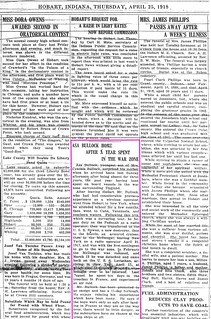
(Click on image to enlarge)
From the Hobart News of April 25, 1918.
He wasn't kidding about the safety of the troopships — or, at any rate, of the one he returned on, the Leviathan. She was the largest of the American troopships, but in spite of her enormous size, she moved swiftly, and at 22 knots per hour easily outpaced the enemy. According to historian Alfred Crosby, "No U-boat could hope to send a torpedo into the Leviathan unless it was lucky enough to be right in her path." The ship had a rather interesting history.
The most amazing thing about her was that she was German, christened the Vaterland at her launching at Hamburg in 1914. She was not home when war unexpectedly broke out later that year and had to take refuge in an American port for fear of the British Navy. In 1917 the United States entered the war, seized the Vaterland, renamed her, and sent her back to Europe with cargoes of doughboys.Originally built to hold 6,800 passengers, as a troopship she was sometimes crammed with as many as 11,000 soldiers, in addition to a crew of a couple thousand.
That overcrowding probably intensified the spread of Spanish influenza during one of her later crossings from the U.S. to France. She left New York on September 29, 1918, with between 9,000 and 10,000 army personnel aboard, plus the crew. By the time she landed in Brest, France, 3 sailors and about 76 soldiers had died of influenza or its complications. The exact number of victims is unclear, as in the chaos and exhaustion that came with raging epidemics, record-keeping always suffered. For a harrowing account of this deadly crossing, I suggest Alfred Crosby's America's Forgotten Pandemic: The Influenza of 1918, which I have been quoting. (I used the new edition, first published in 2003 by Cambridge University Press.)
But to return to Asa Jr., here are a few older articles, more or less relevant, that I happen to have on hand.
The death of his father in 1905 (with a biographical sketch of Asa Sr.):
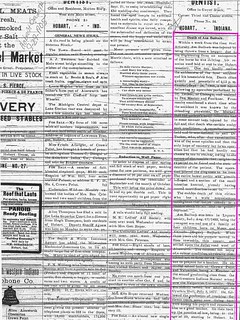
(Click on images to enlarge)
From the Hobart Gazette of Sept. 29, 1905.
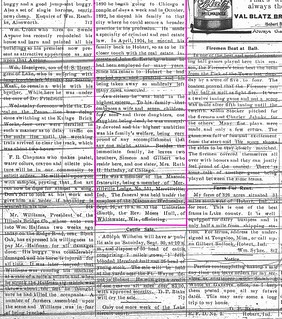
The suicide of his wife:
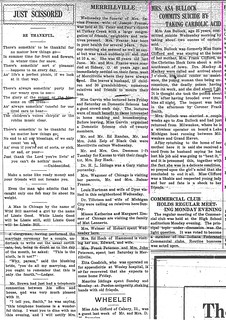
(Click on image to enlarge)
From the Hobart News of Sept. 12, 1912. They had been married on August 24, 1912 according the to Indiana Marriage Collection.
The wireless telegraphy station that he and his brother set up on the Bullock farm:

(Click on image to enlarge)
From the Hobart News of Nov. 6, 1913 (in case you couldn't tell).



